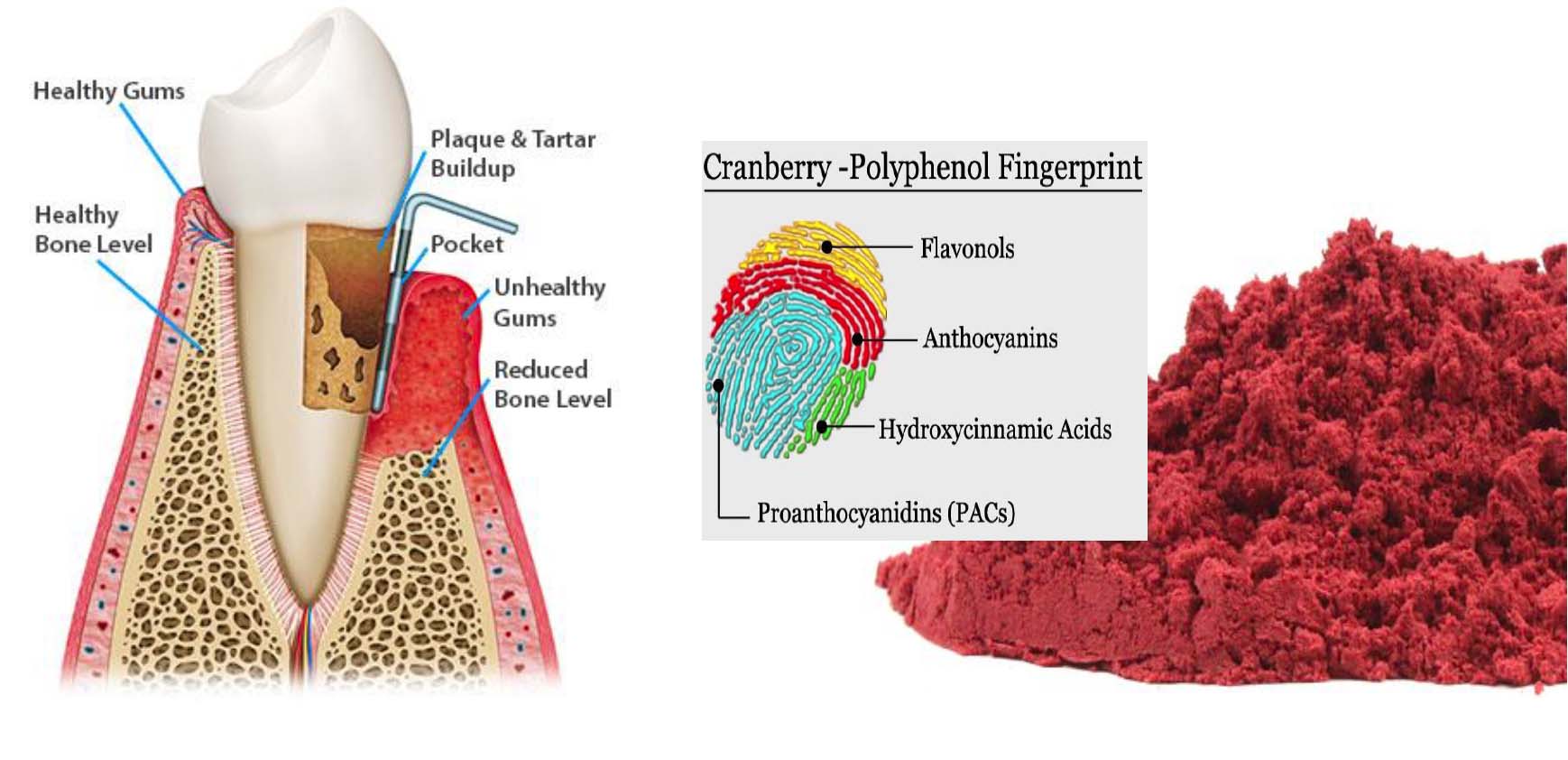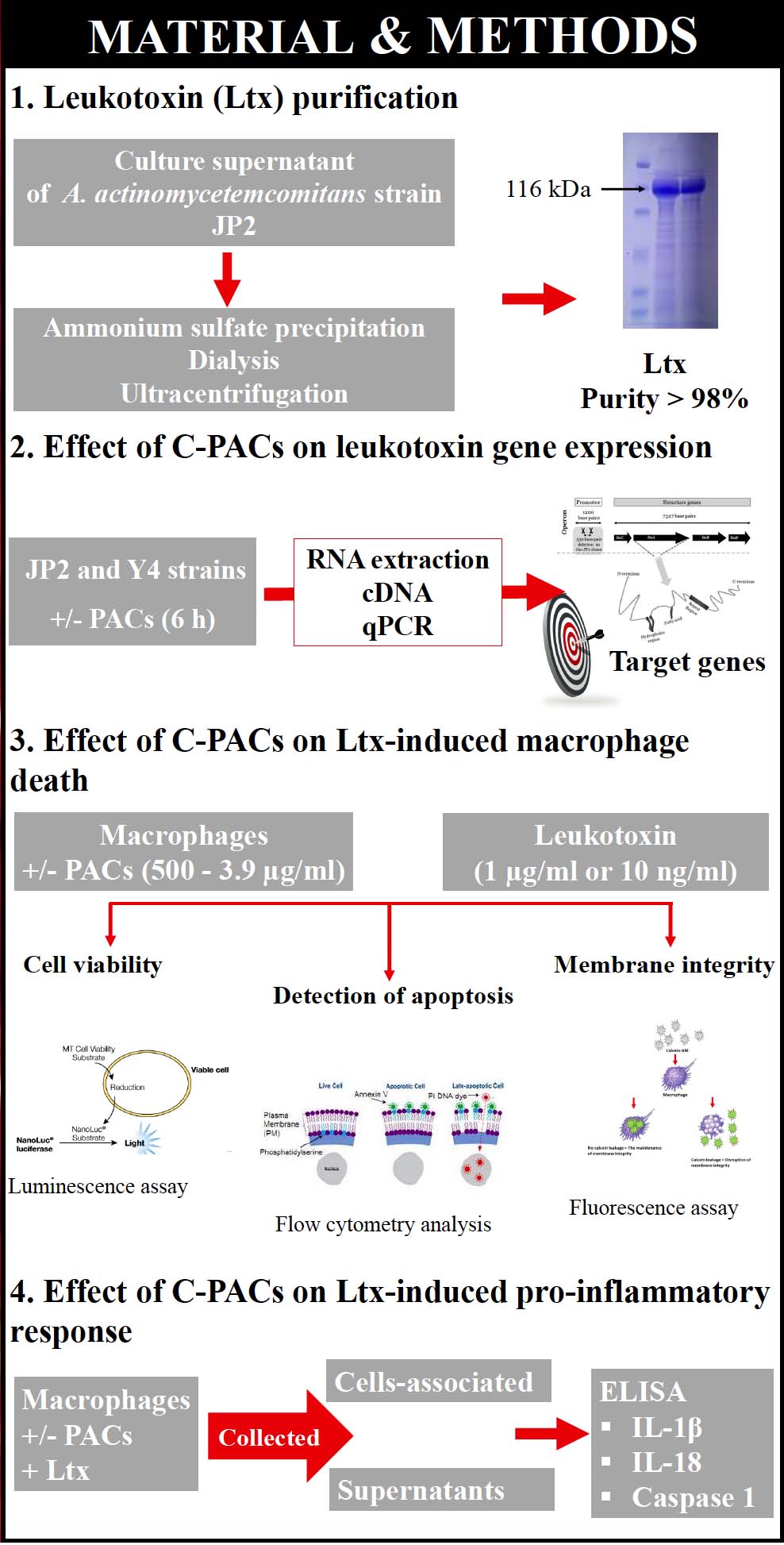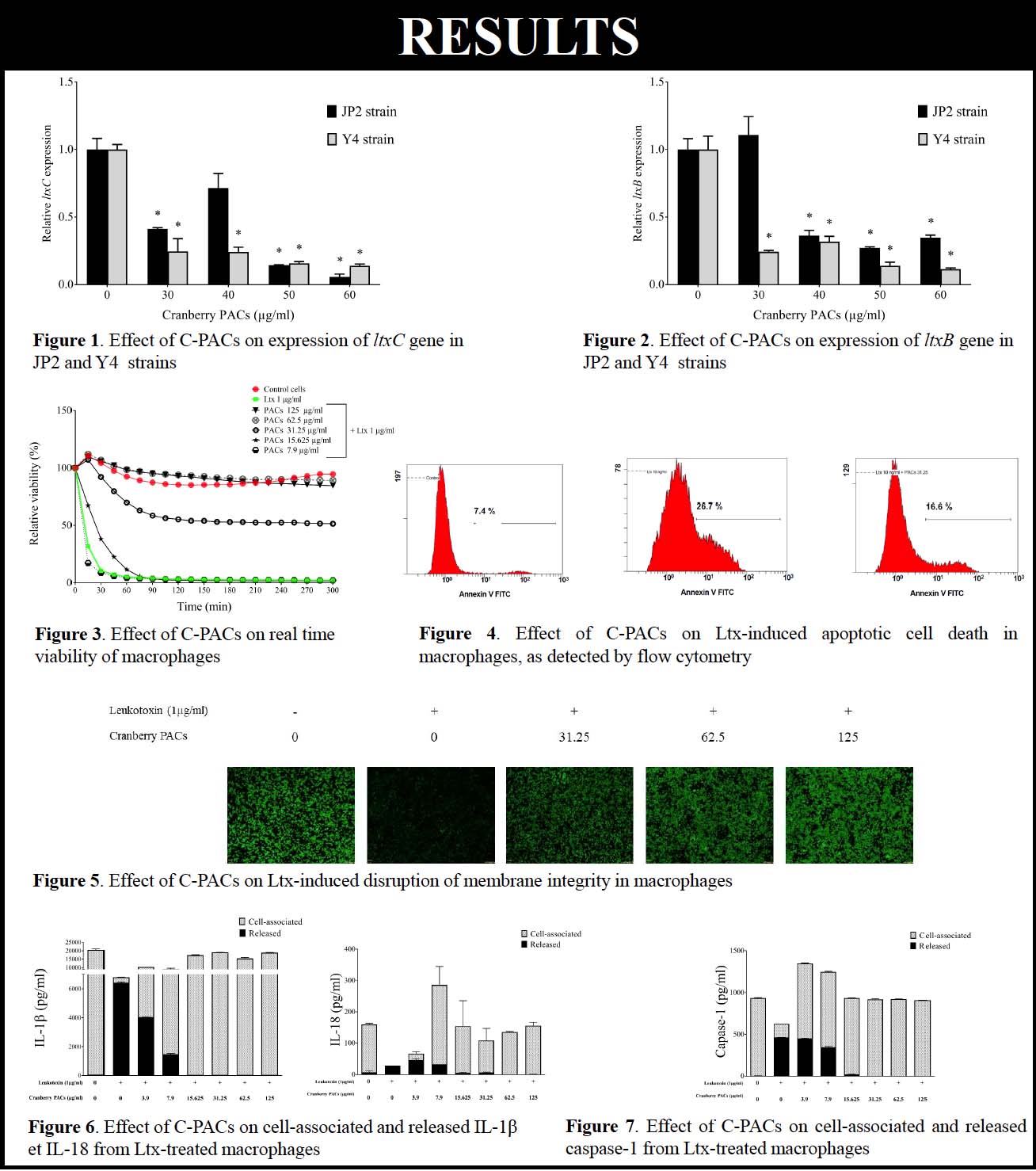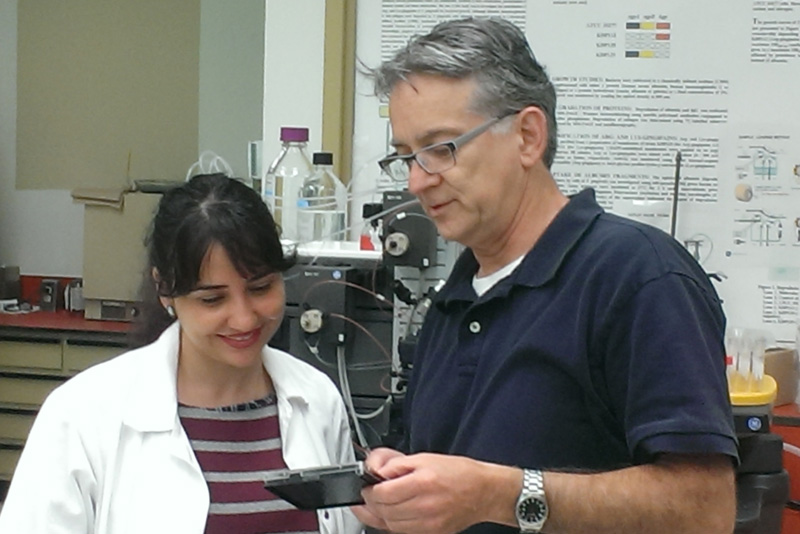Cranberry proanthocyanidins neutralize the effects of Aggregatibacter actinomycetemcomitans leukotoxin
The ability of Aggregatibacter actinomycetemcomitans to produce a leukotoxin (Ltx) that activates a pro-inflammatory death or pyroptosis in human monocytes/macrophages and induces the release of endogenous danger signals is thought to play a key role in the pathological process of periodontal disease. The aim of this study was to investigate the effects of cranberry proanthocyanidins (C-PACs) on leukotoxin gene expression as well as activity towards human macrophages. We first showed that C-PACs attenuate leukotoxin gene expression in A. actinomycetemcomitans. C-PACs also protected macrophages against the cytotoxic effect of Ltx. The use of calcein-loaded macrophages showed that C-PACs prevent Ltx-induced membrane disruption. In monocytes/macrophages, Ltx is known to activate the cysteine proteinase caspase-1, which involves a pro-inflammatory response through activation and secretion of interleukin (IL)-1β and IL-18, resulting in the formation of small pores. In the presence of C-PACs, an inhibition of caspase-1 cleavage was observed in Ltx-treated macrophages. We also showed that C-PACs inhibit the release and activation of IL-1β and IL-18 induced by the presence of cytolytic concentrations of Ltx. Given the properties highlighted in this study, C-PACs may be promising candidates for novel therapeutic agents to prevent and treat the aggressive form of periodontitis caused by A. actinomycetemcomitans.
Introduction
- The Gram negative bacterium Aggregatibacter actinomycetemcomitans, which has been strongly associated with the progression of localized aggressive periodontitis in humans, is known to produce a RTX toxin named leukotoxin Ltx.
- Ltx is considered as the major virulence factor of this periodontal pathogen.
- The Ltx operon consists of four genes designated ltxA, ltxB, ltxC and ltxD.
- ltxA is encoding for the structure of the toxin, ltxB and ltxD for translocation to the bacterial outer membrane, and ltxC for components required for posttranslational acylation.
- The Ltx-induced lysis of monocytes/macrophages involves the activation of caspase-1. This up-regulation of caspase-1 signalling pathway induces the secretion of pro-inflammatory cytokines IL-1β and IL-18.
- Previous reports brought evidence for the potential benefits of cranberry proanthocyanidins (C-PACs) against periodontal disease through their ability to inhibit biofilm formation by pathogens, tissue-destructive enzymes, and inflammatory cytokine secretion by immune and mucosal cells.
The aim of the present study was to investigate the effects of cranberry PACs on leukotoxin gene expression and activity towards macrophages



Conclusion
The present study showed that C-PACs completely neutralize the cytolytic and pro-inflammatory responses of human macrophages exposed to A. actinomycetemcomitans leukotoxin. Knowing the important role of the leukotoxin in the pathogenesis of aggressive periodontitis, this anti-toxin activity of C-PACs suggests that they may be promising candidates for novel therapeutic agents to prevent and treat aggressive forms of periodontitis.
Acknowledgements Part of this study was funded by the Cranberry Institute. A. Ben Lagha is a recipient of a scholarship from the Réseau de recherche en santé buccodentaire et osseuse (Fonds de recherche du Québec – Santé). We thank Andrée-Ann Adam for technical assistance.
Équipe de recherche et collaborateurs
Amel Ben Lagha1, Amy Howell2 and Daniel Grenier1
1Groupe de recherche en écologie buccale, Faculté de médecine dentaire, Université Laval, Québec, QC, Canada
2Marucci Center for Blueberry and Cranberry Research, Rutgers University, Chatsworth, New Jersey, USA

